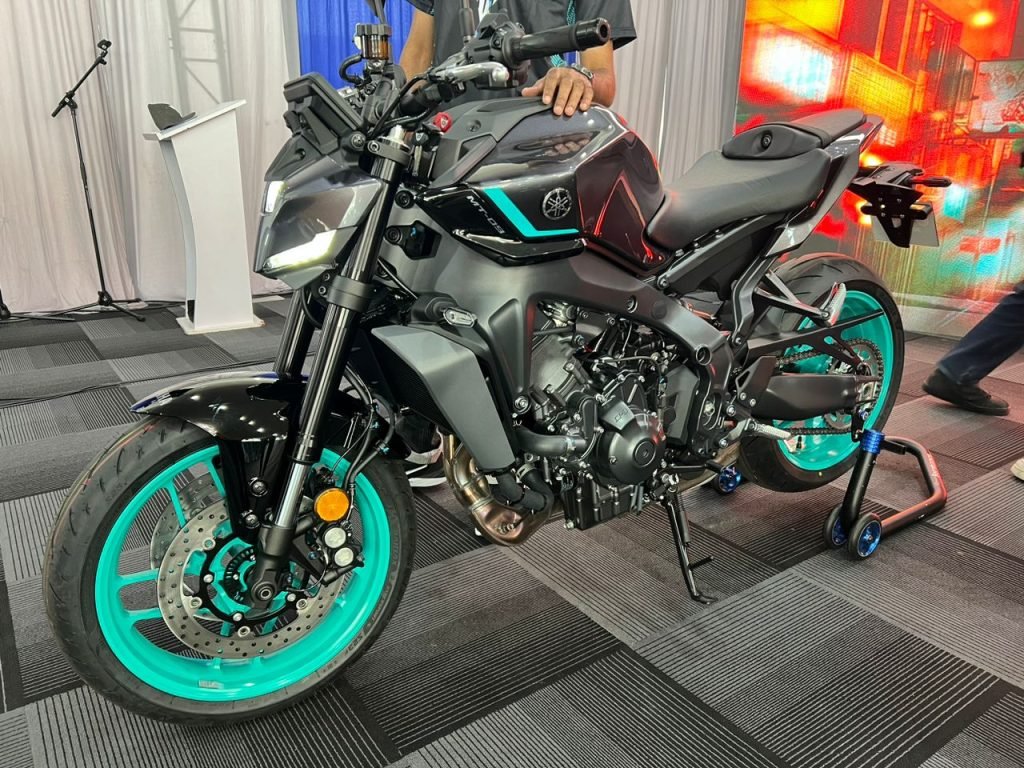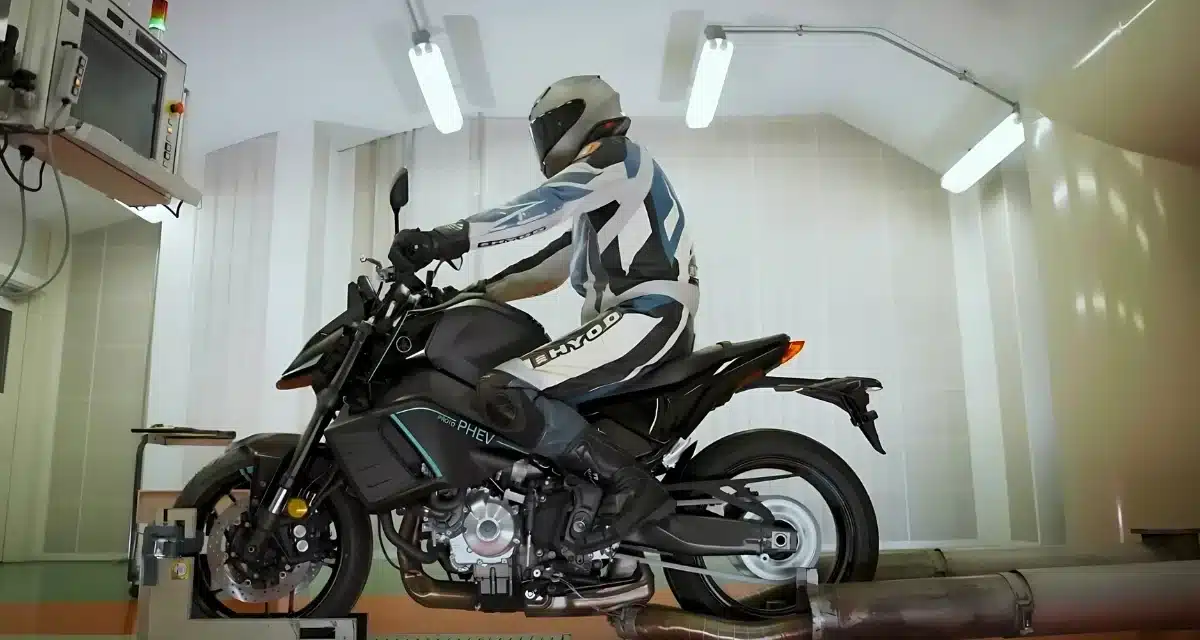Meta Description: Explore how hybrid motorcycles like the Kawasaki Ninja 7 Hybrid are transforming motorcycle racing by combining electric power and traditional engines for unmatched speed and efficiency.

In an era where sustainability and performance go hand-in-hand, the motorcycle racing world is witnessing a powerful transformation. The introduction of hybrid powertrains—specifically in bikes like the Kawasaki Ninja 7 Hybrid—marks a new chapter in racing innovation. These motorcycles combine the raw power of internal combustion engines with the instant torque of electric motors, setting the stage for a revolution on the track.
What Are Hybrid Powertrains?
A hybrid motorcycle utilizes both a gasoline engine and an electric motor to deliver power. This dual system allows for seamless switching or simultaneous use of both power sources depending on speed, load, and rider input. The result? Faster acceleration, lower emissions, and improved fuel economy—all without compromising the thrill that racing enthusiasts demand.
Kawasaki Ninja 7 Hybrid: A Game-Changer
The Kawasaki Ninja 7 Hybrid is one of the first production-ready hybrid sport bikes to make waves in the market. This groundbreaking model showcases how hybrid technology can be applied in high-performance scenarios. With an intelligent power management system, it optimizes performance by blending electric and gas power at the right moments.
Key highlights include:
- Instant electric acceleration at low speeds
- Fuel-efficient cruising with hybrid assist
- Reduced CO₂ emissions
- A smoother and quieter ride experience
It’s a clear signal that eco-friendly design and racing performance can indeed coexist.
Why Hybrid Powertrains Matter in Racing
Traditional racing bikes are powerful but less efficient and more polluting. On the other hand, electric bikes offer sustainability but often fall short on range and sound—the heartbeat of the sport. Hybrid powertrains bridge this gap, delivering the best of both worlds.
Benefits include:
- Enhanced throttle response
- Improved traction and power delivery
- Lower environmental impact
- Reduced fuel consumption during long races
For racing teams, this means less time in the pit and more consistency on the track. For fans, it means seeing performance paired with purpose.
The Future of Hybrid Motorcycle Racing
As regulatory pressures and environmental concerns rise globally, hybrid technology is expected to gain even more momentum in motorsports. Racing leagues and manufacturers alike are exploring hybrid categories, ensuring the sport remains future-ready.
Moreover, advancements in battery efficiency, regenerative braking, and software optimization are pushing the boundaries of what hybrid motorcycles can achieve. This makes them a key player in the transition toward sustainable, high-performance racing.
Conclusion
The advent of hybrid motorcycles like the Kawasaki Ninja 7 Hybrid signals an exciting new direction for the motorcycle racing industry. By combining internal combustion with electric innovation, these machines are not just racing forward—they’re racing smarter.
At WebStudioGlobal.com, we continue to highlight emerging technologies reshaping industries. Stay tuned as we ride into the future of motorsports, where speed, sustainability, and smart engineering meet.
Keywords: hybrid motorcycle racing, Kawasaki Ninja 7 Hybrid, hybrid powertrain technology, electric and gas motorcycle, sustainable racing bikes, racing bike innovation 2025, hybrid motorcycles benefits













